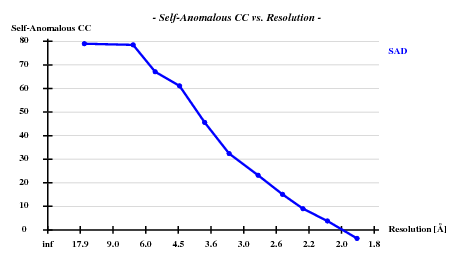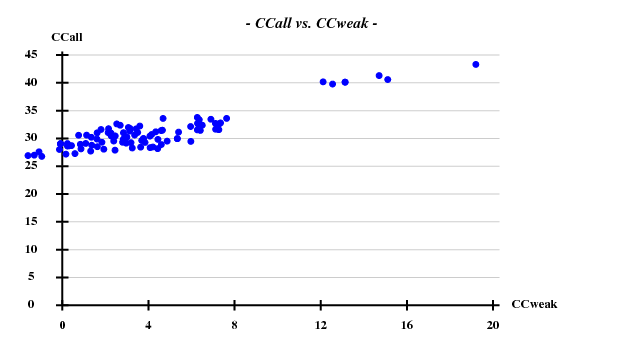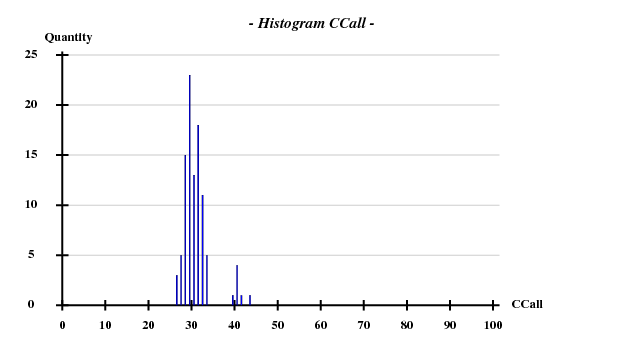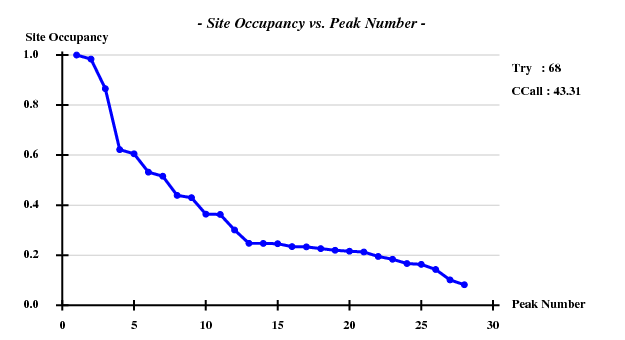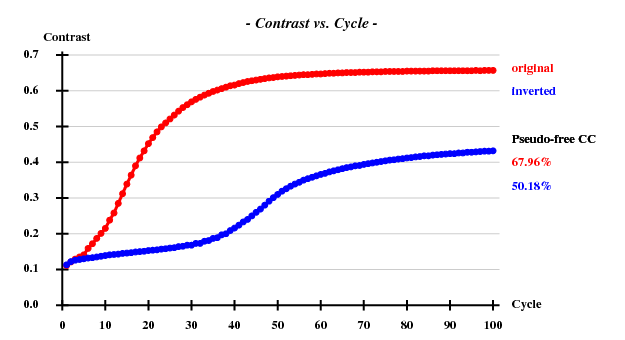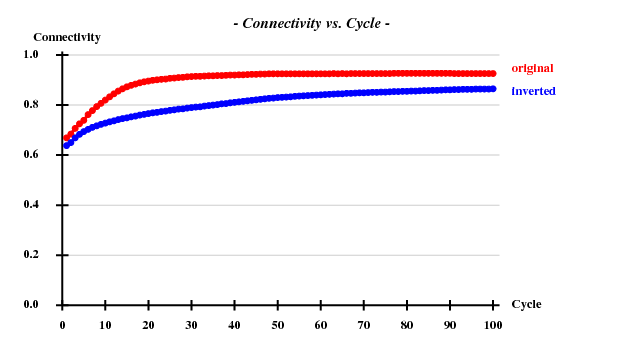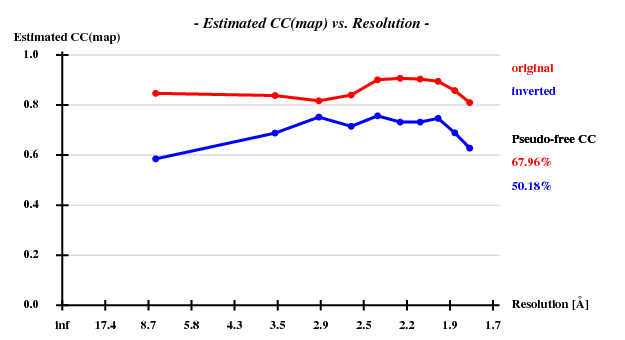1RQW: Difference between revisions
Jump to navigation
Jump to search
No edit summary |
No edit summary |
||
| Line 18: | Line 18: | ||
== SAD: Peak data alone == | == SAD: Peak data alone == | ||
The structure was solved using the [http://schneider.group.ifom-ieo-campus.it/hkl2map/ hkl2map] GUI. | The structure was solved using the [http://schneider.group.ifom-ieo-campus.it/hkl2map/ hkl2map] GUI. Based on | ||
[[Image:1rqw-peak-self-anomCC-resolution.png]] | |||
[[Image:1rqw-peak-d"sig-resolution.png]] | [[Image:1rqw-peak-self-anomCC-resolution.png]] [[Image:1rqw-peak-d"sig-resolution.png]] | ||
[[Image:1rqw-peak-ccall-ccweak.png]] | |||
[[Image:1rqw-peak-histogram-ccall.png]] | I decided to use 3.3 Å as a suitable cutoff for solving the substructure. SHELXD then found | ||
[[Image:1rqw-peak-occupancy.png]] | |||
[[Image:1rqw-peak-contrast.png]] | [[Image:1rqw-peak-ccall-ccweak.png]] [[Image:1rqw-peak-histogram-ccall.png]] [[Image:1rqw-peak-occupancy.png]] | ||
[[Image:1rqw-peak-connectivity.png]] | |||
[[Image:1rqw-peak-estimated-ccmap.png]] | and SHELXE produced useful phases: | ||
[[Image:1rqw-peak-contrast.png]] [[Image:1rqw-peak-connectivity.png]] [[Image:1rqw-peak-estimated-ccmap.png]] | |||
Revision as of 16:01, 30 April 2008
Thaumatin structure solution from either 2-wavelength MAD, or from the single wavelengths
The peak and inflection datasets (360 images each) are available from the EMBL Hamburg website. The XDS data reductions are here.
Data reduction was performed starting with the template for the MarCCD 225 detector, changing
ORGX=1533 ORGY=1536 DETECTOR_DISTANCE=200 OSCILLATION_RANGE=0.5 X-RAY_WAVELENGTH=0.91878 ! peak ! X-RAY_WAVELENGTH=0.9196 ! inflection NAME_TEMPLATE_OF_DATA_FRAMES=../peak/thau_peak_1_???.mccd DIRECT TIFF ! NAME_TEMPLATE_OF_DATA_FRAMES=../inf/thau_inf_1_???.mccd DIRECT TIFF DATA_RANGE=1 360 SPACE_GROUP_NUMBER=92 UNIT_CELL_CONSTANTS= 57.8 57.8 150. 90 90 90 FRIEDEL'S_LAW=FALSE VALUE_RANGE_FOR_TRUSTED_DETECTOR_PIXELS=9000. 30000.
SAD: Peak data alone
The structure was solved using the hkl2map GUI. Based on
I decided to use 3.3 Å as a suitable cutoff for solving the substructure. SHELXD then found
and SHELXE produced useful phases:
